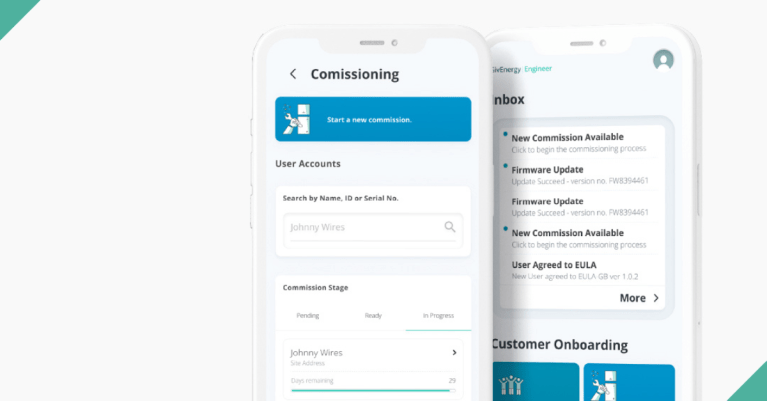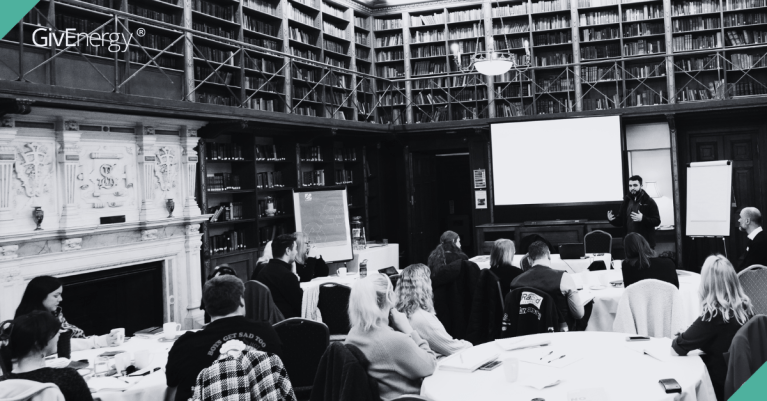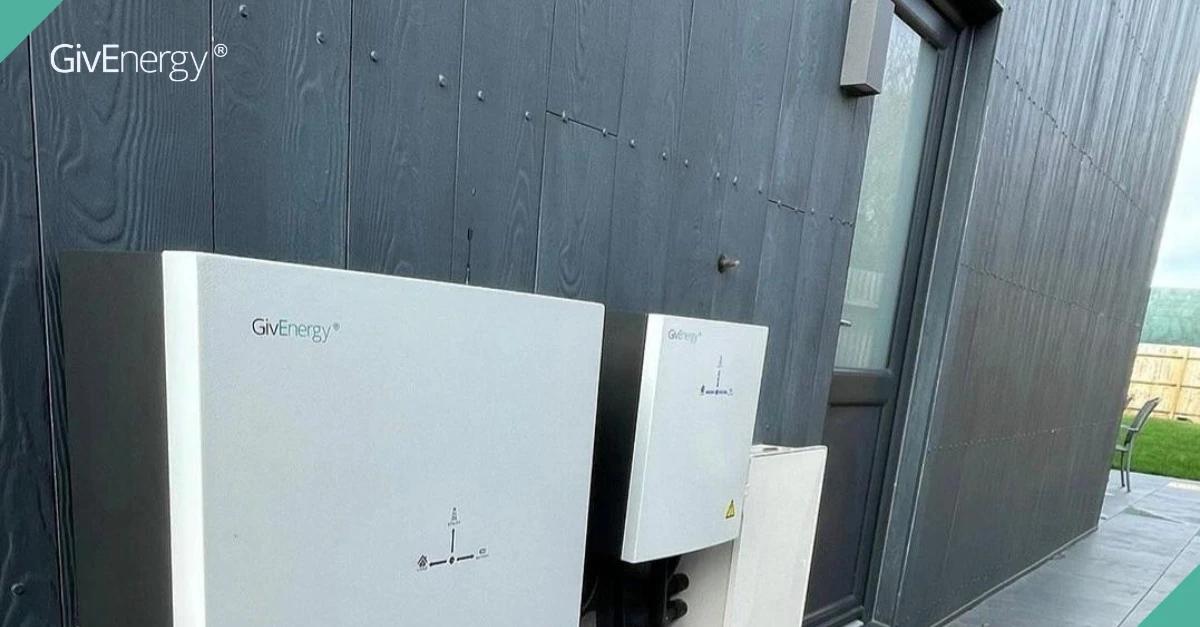What you’ll read in this article:
- What electricity grid trading is
- 3 steps to making money from the grid
- The average amount of money you can make from electricity grid trading
Policymakers are pursuing net-zero carbon emissions. Consumers are increasingly looking for ways to slash their energy bills.
Fortunately, the two go hand in hand.
As a result, energy is no longer a one-way street. Gone are the days when consumers would simply use electricity drawn from the grid and then pay their bill to a supplier.
Nowadays, consumers are becoming increasingly energy independent – think solar panels, wind turbines for home, domestic storage batteries, etc. This can leave them with excess energy – energy which could be put to good use during times of peak electricity usage.
As well as allowing consumers to draw from the grid, electricity grid trading also allows consumers to sell excess energy to the grid – good for the grid, good for your bills.
Read on to find out more about what electricity grid trading is, how it works, and how much money you could make from it.
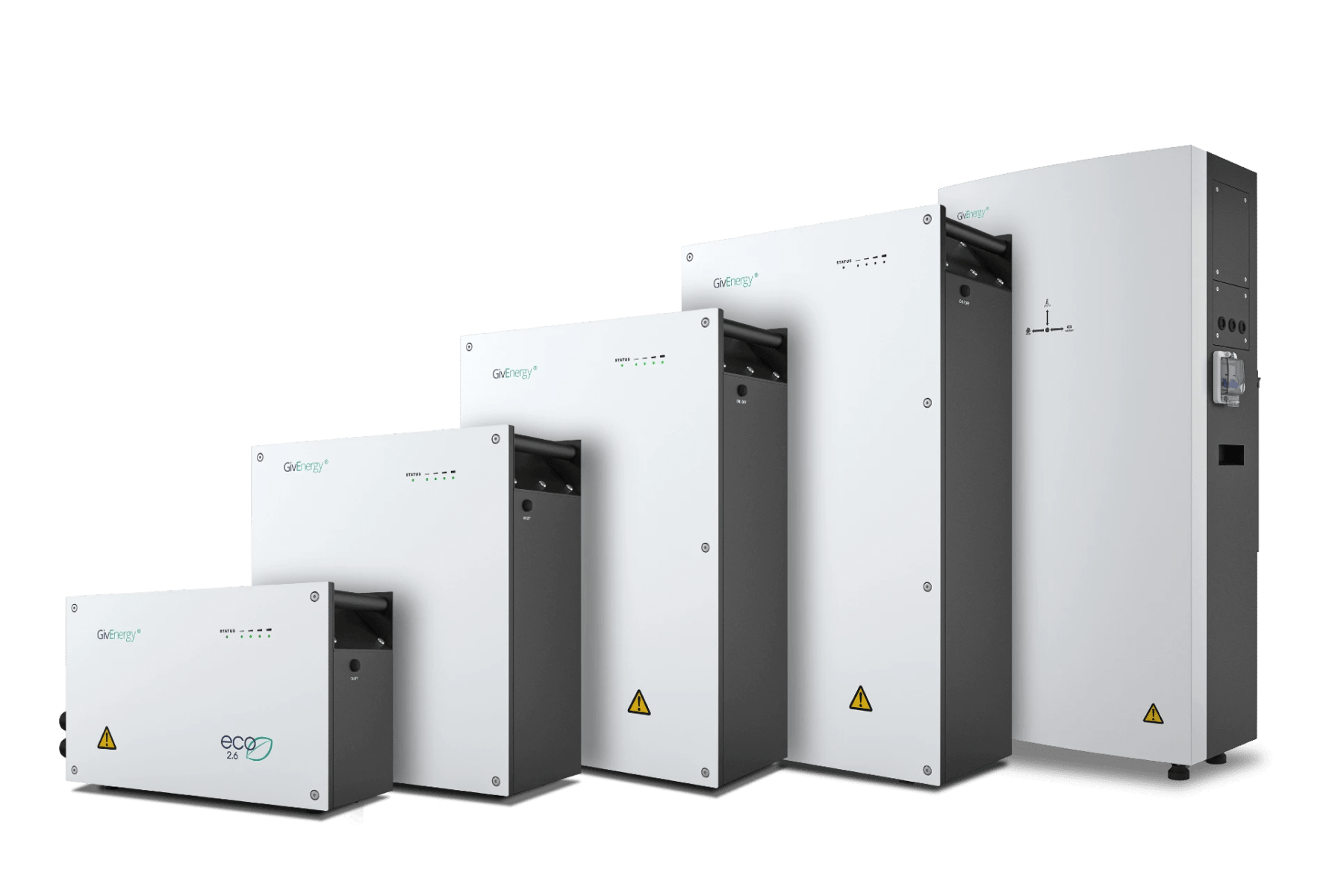
So, what is electricity grid trading?
Electricity used to be simple for both suppliers and consumers.
Households and businesses would use electricity from a supplier and then pay an electricity bill, accordingly.
Nowadays, things have become a little more complicated due to the growth of energy as a service (EaaS). In short, this refers to energy-related services beyond mere energy provision.
One of those services is electricity grid trading – the ability of consumers to draw from and sell back to the grid.
Here’s how it works.
Take an energy independent home equipped with renewable technology – solar panels, wind turbine for home, etc. – and a storage battery.
That home may end up generating and storing more energy than required. Rather than let that energy go to waste, consumers can export it back to the grid and get paid.
This makes sense for two big reasons.
It allows consumers to cut their bills, and possibly even profit from excess energy. Moreover, it can help reduce strain on the grid during peak hours.
Consumers in the UK may be able to engage in electricity grid trading through:
- The Smart Export Guarantee (SEG)
- Individual energy providers such as the Octopus Flux tariff
- Flexibility services like the National Grid DFS
3 steps to making money from electricity grid trading
Step 1 – become energy independent
You won’t be able to cash in without becoming at least a little bit energy independent.
To be clear, this doesn’t mean ringing up your electricity supplier and asking to be cut off. Going completely off-grid isn’t an option for most of us.
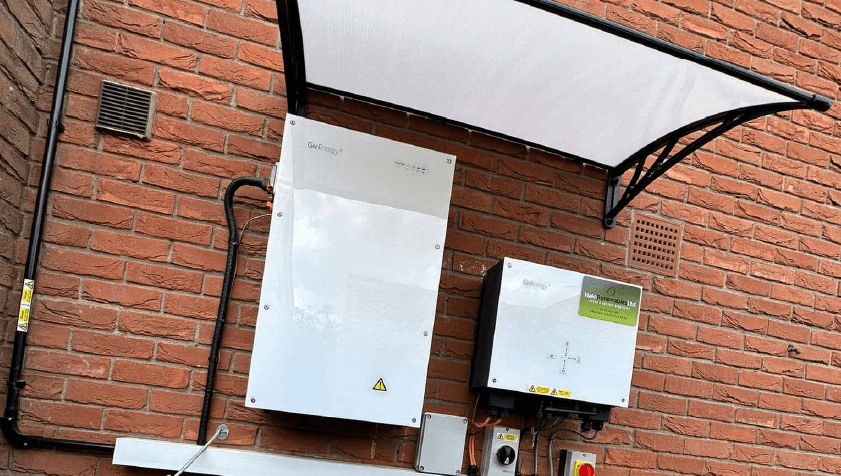
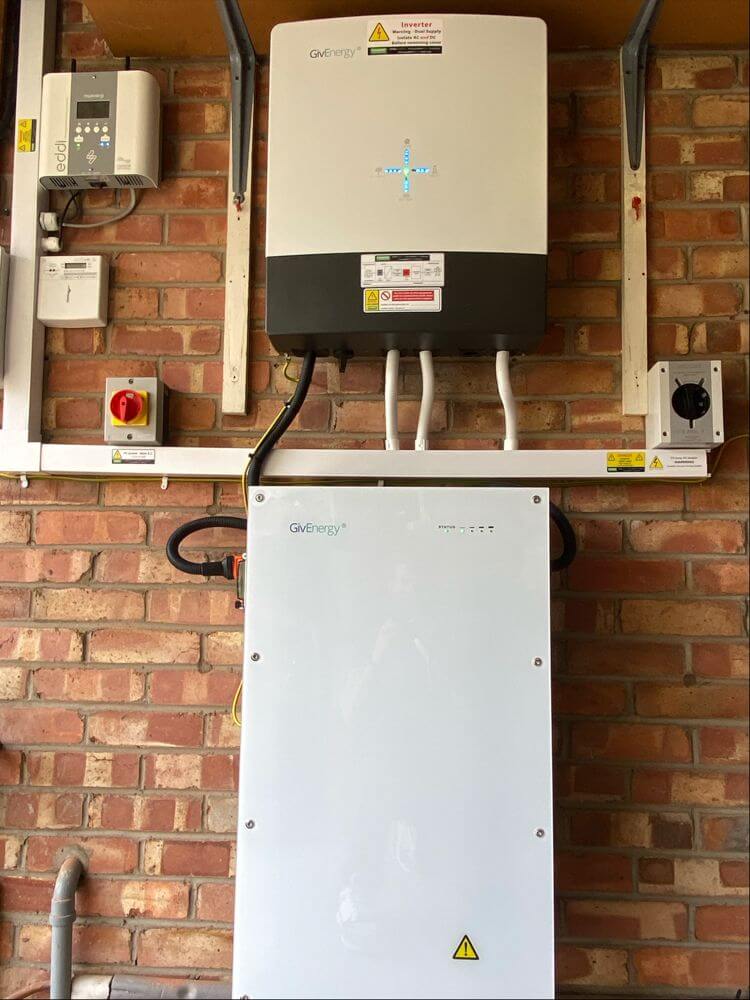
Instead, this means installing renewable technology, so you have a means of generating your own energy. For most people, solar panels are the most practical, scalable, and affordable option. For some, a wind turbine for home may be feasible, though this option comes with a few caveats.
Next, you need somewhere to store the energy you generate. Enter battery storage.
Which battery is right for you depends on a number of factors, including the size of your property, the number of people in your household, and how much electricity you use.
Even without renewables, a home storage battery is still worth considering as a means of saving on bills, especially if you’re on a smart tariff.
And as you’ll find out, a standalone storage battery without renewables can still be a means of selling excess energy back to the grid.
Now that you know how to generate and store energy, let’s move on to step two.
Step 2 – find an export tariff right for you
Before getting into the nitty gritty about what you need to consider when choosing an export tariff, let’s nail down some of the basics of exporting energy in the UK.
Since January 2020, the UK government has operated the Smart Export Guarantee (SEG).
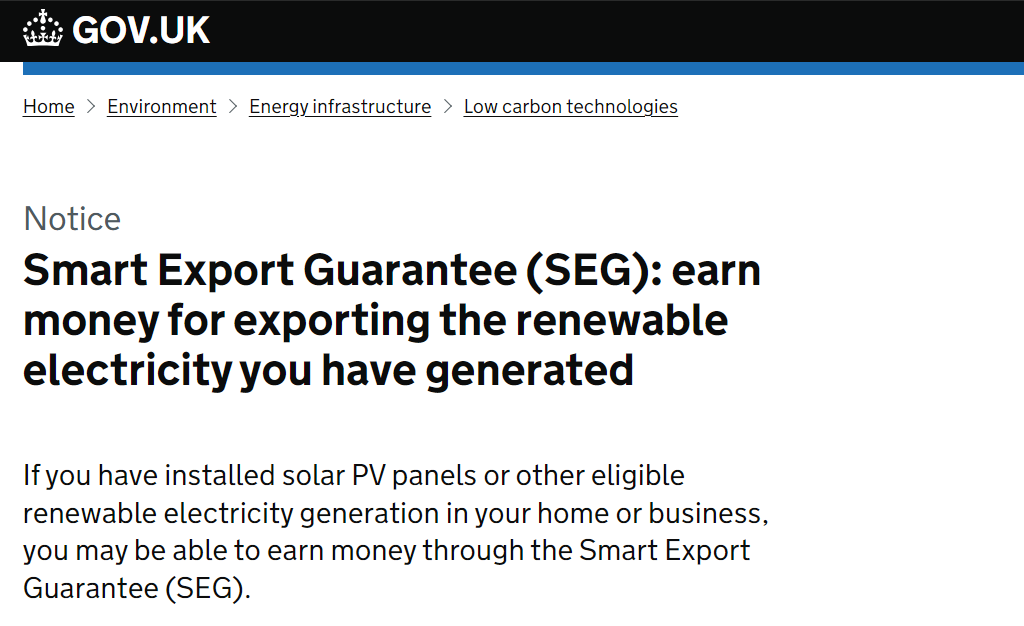
Under the SEG, energy suppliers are legally obliged to pay small-scale renewable energy generators for any energy exported to the grid.
Note that there are a few conditions (more on this later).
The SEG is not the only means of encouraging energy export for profit.
The electricity system operator for Great Britain introduced the Demand Flexibility Service (DFS) during the winter of 2022-2023.
To reduce strain on the grid during peak hours, households and businesses were rewarded for shifting their energy use during DFS events.
GivEnergy proudly played a part in this.
In collaboration with Axle Energy, GivBack allowed those with a GivEnergy battery to export back to the grid for profit during peak hours at a rate of £2.10 per kWh.
The results speak for themselves.
At the last count, 4,000 customers took part in GivBack with 9.1mWh of electricity exported – enough to power an EV for 32,760 miles.
Now let’s talk about what you need to consider when choosing an export tariff.
Here are the main things:
- Rate of payment per kWh – don’t be afraid to shop around for the best rates so you get more pound for your excess energy
- Preferential rates – some suppliers may require you to be an existing customer to get the best export rates
Here’s an example of a tariff you could consider.
The Octopus Flux tariff from Octopus Energy offers users super cheap rates for importing and exporting electricity between 2-5am, and peak rates between 4-7pm.
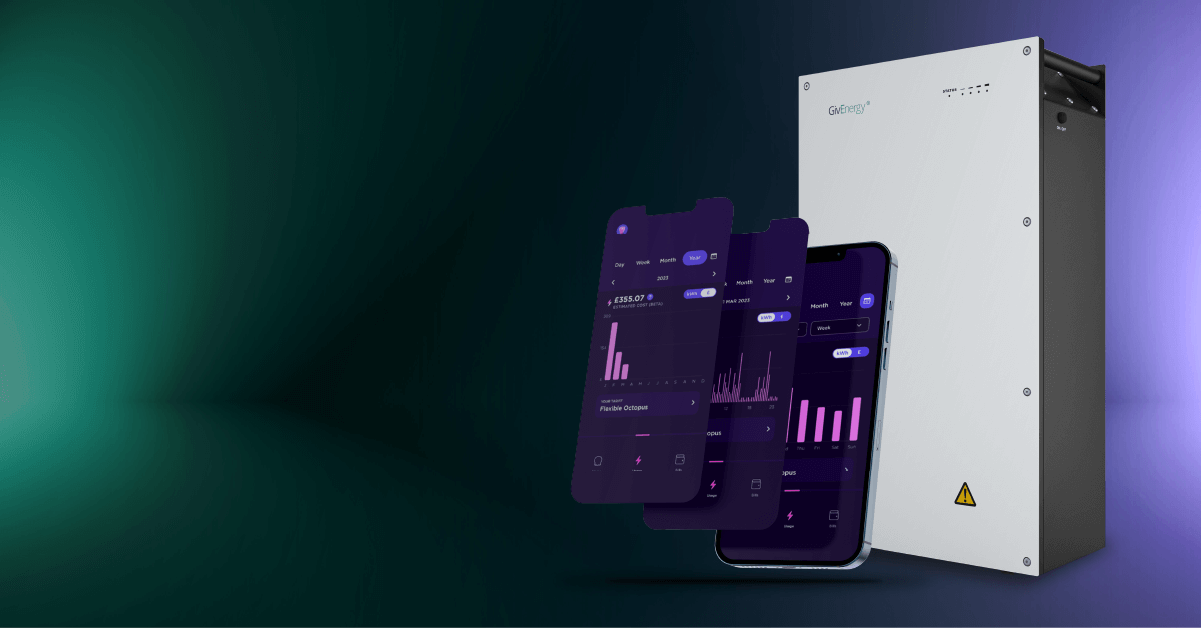
In partnership with GivEnergy, users can get paid for any excess solar exported back to the grid.
Step 3 – check you meet the conditions
Are you eligible for SEG?
You must:
- Generate renewables via solar, wind, micro combined heat and power, hydro, or anaerobic digestion
- Have a maximum capacity of 5MW
- Have a Microgeneration Certification Scheme (MCS) certificate, or an equivalent certificate
- Have an export meter capable of measuring exported electricity (this includes all smart meters)
- Give your SEG company your export MPAN – a 13-number reference your supplier can use to identify your electricity connection point
Beyond that, make sure to check the Ts & Cs of any export tariff you sign up to.
‘I don’t generate any renewable energy. Can I still engage in electricity grid trading and profit from exporting energy back to the grid?’
In principle, yes. GivBack is one example of this; all you need is a GivEnergy battery.
It’s worth noting that the amount of energy you’ll be able to export may be significantly less than if you generate your own renewables.
However, electricity grid trading is possible with a standalone battery.
A few other things to note…
As you’ve probably already guessed, the amount of money you can make from electricity grid trading will vary.
The Eco Experts calculate the average annual SEG payment to be £159 per household.
‘Average’ being the keyword.
The amount of renewables you generate, your location, and the rate your export tariff offers are all relevant factors.
‘Making money’ is a term that comes with a few caveats. Depending on how much you spend on renewable technology and your home battery storage system, profiting from energy export might take a while. Although exporting could mean your break even point comes sooner.
If you want to take the first steps towards electricity grid trading, consider a home battery storage system.
Start by finding a GivEnergy approved installer near you today.


